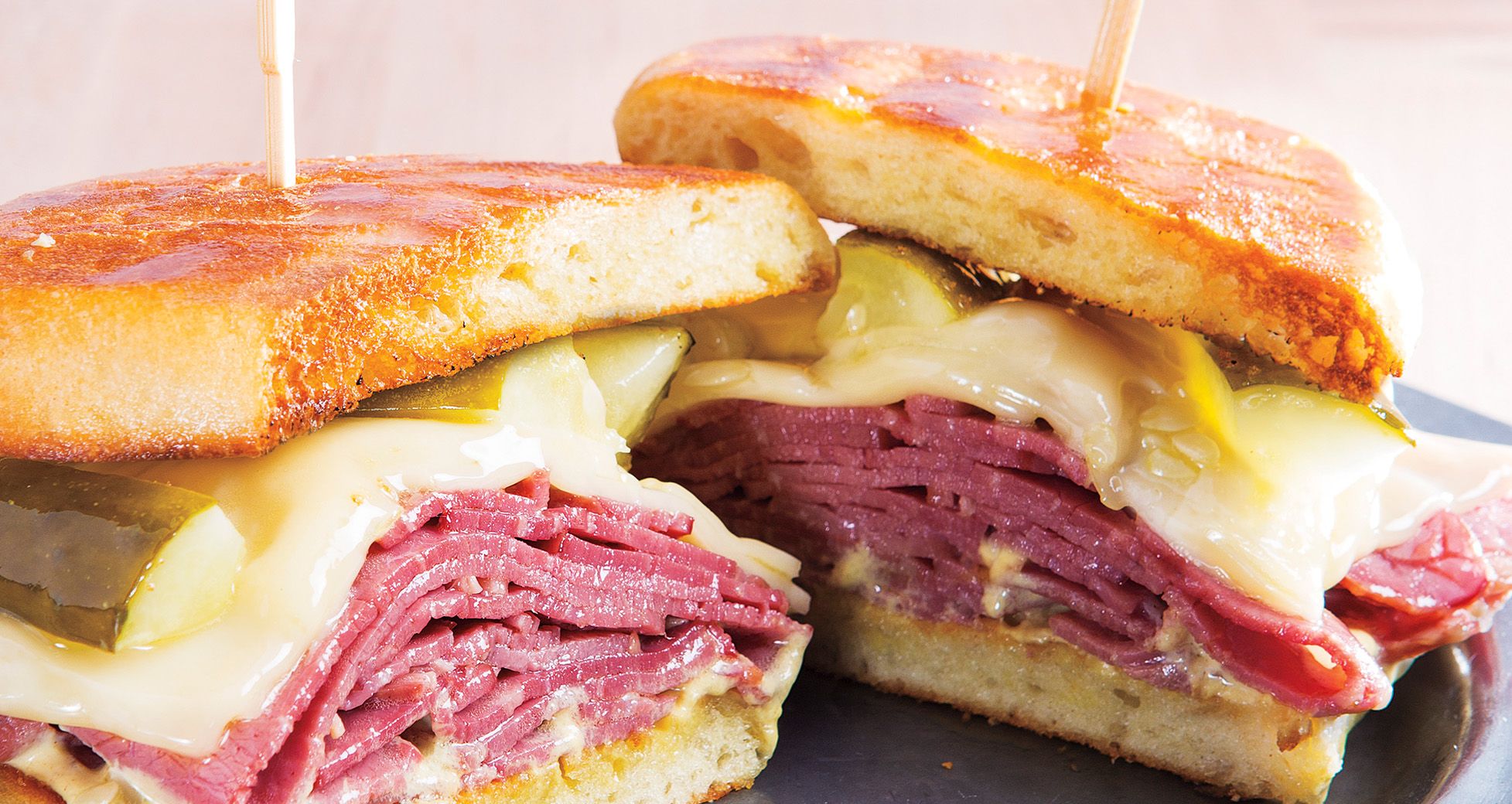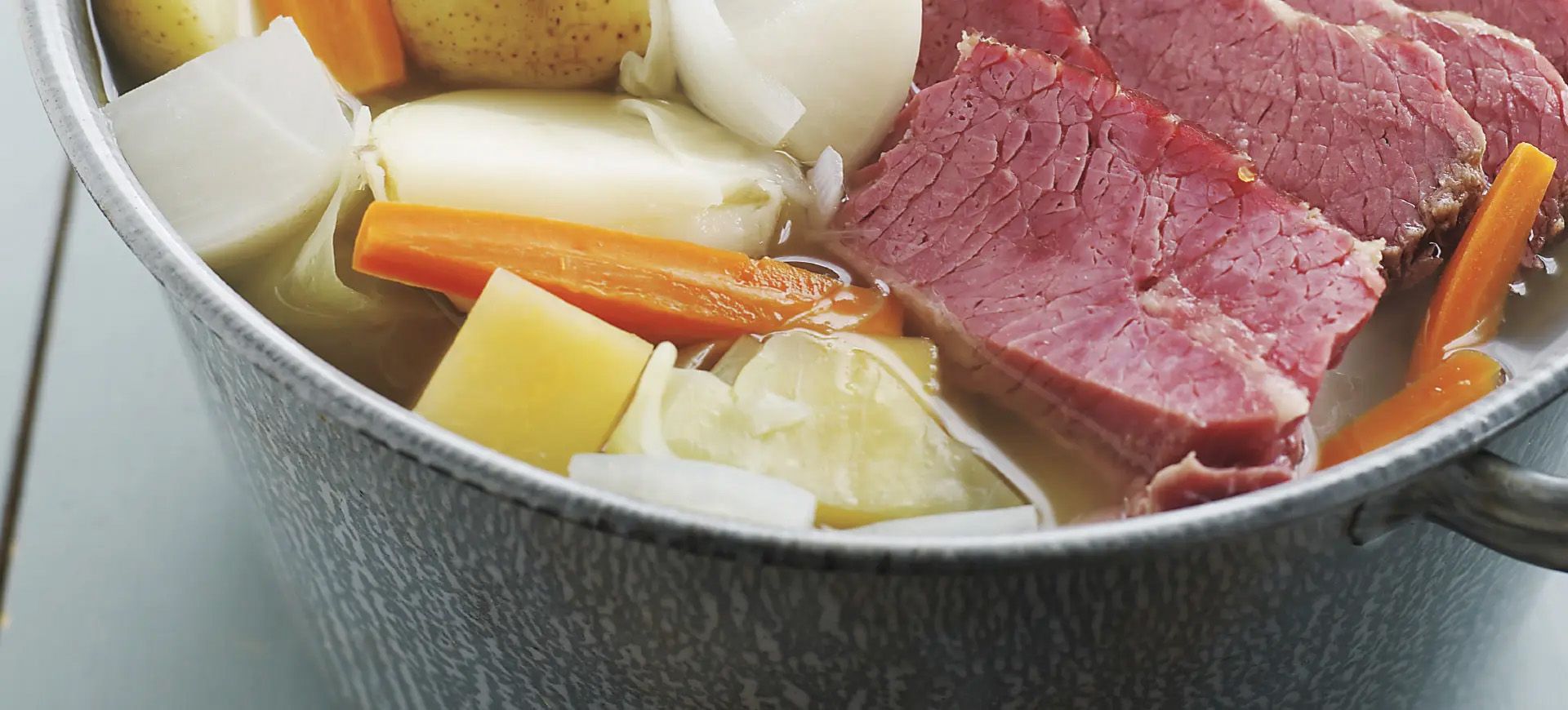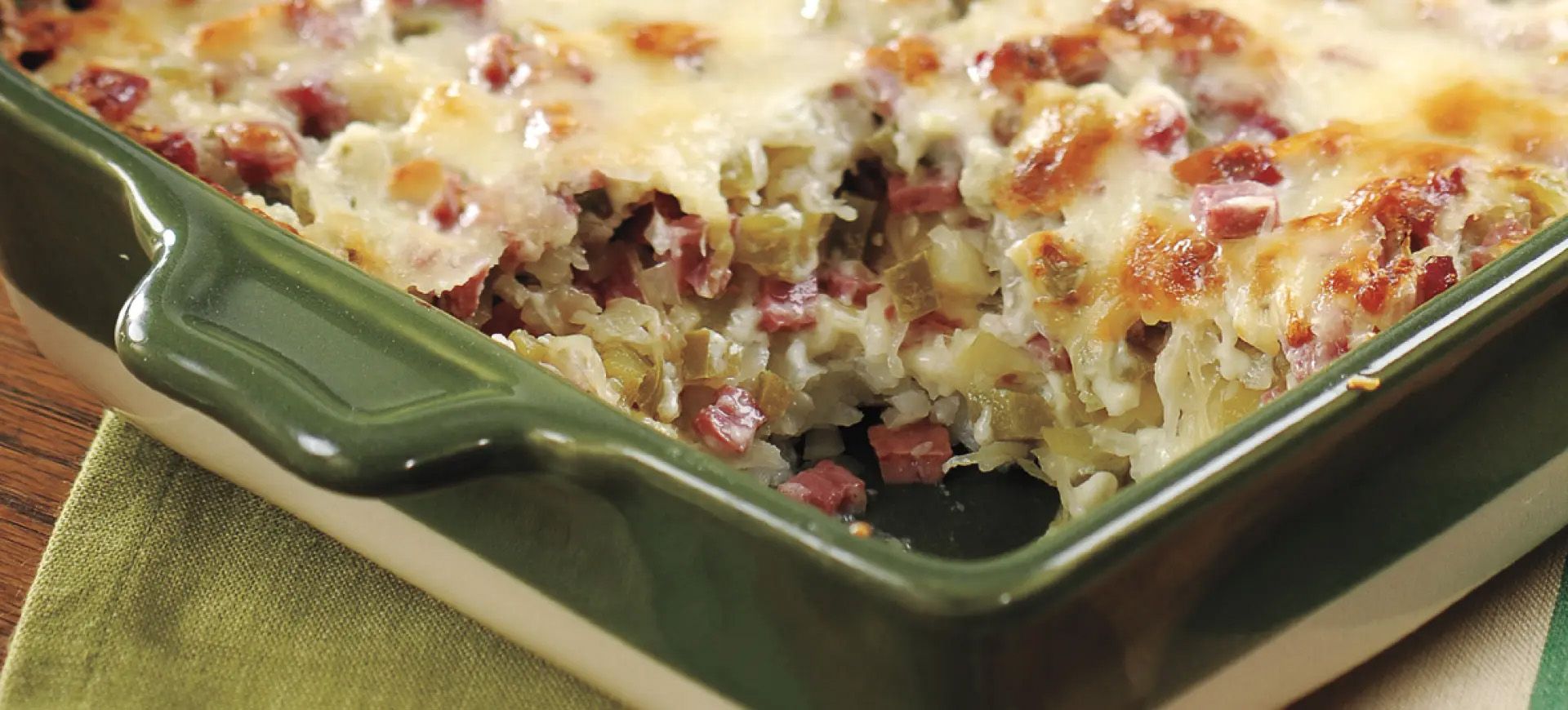How Schnucks Does Corned Beef Differently
Corned beef is a traditional dish made from brisket. Here’s how Schnucks meat makes for the ultimate eating experience.

Contrary to what you might think, corned beef does not actually contain corn. The name corned beef comes from the coarse salt used in the pickling process. “Corn” originally meant grain, as in a small particle of something, and referred to the corns of salt.
The Irish were the first big exporters of corned beef. The area of Cork, Ireland was the largest producer of corned beef in the world from around 1600 to 1825.
What Is Corned Beef?
Corned beef is beef that is first pickled in brine and then cooked, usually by boiling. This dish typically utilizes cuts of meat that feature long muscle grain, such as the brisket from the breast or lower chest of beef. Rounds can also be used in making corned beef.
The brisket is separated into flat cuts and point cuts, which are both used in making corned beef. The flat cut is the leanest and most desirable.
How Schnucks Does Corned Beef
At Schnucks, we decided to do things a little differently when it comes to our brisket points. Brisket typically contains two muscles separated by a HUGE layer of fat. So, when you purchase it at the store, the brisket looks big and bulky in the package. Once you cook the meat, though, the fat melts and your nice, thick brisket shrinks. This is why retailers typically charge lower prices for the point cuts.
At Schnucks, that top layer of muscle is left on the flat portion of the brisket when the two are separated, making it possible for the layer of fat to be removed from the point. This creates a more uniform shape and a far more consistent eating experience.
Cooking Methods
It’s best to cook brisket low and slow. This will ensure a tender, delicious final dish.

Slow-Cooked

Baked

Boiled
How to Cut Corned Beef
The way you cut your beef also determines how tender it is. We recommend that you cut against the grain (in the opposite direction of the grain). This method cuts through the fibers of the meat, making them shorter and easier to chew.
Corned Beef Recipes
View All RecipesCorned beef and cabbage officially “arrived” in America on March 4, 1861 when it was served at President Abraham Lincoln’s Inauguration Dinner. Today, corned beef is a wonderful choice of meat for any occasion (but especially St. Patrick's Day!).







